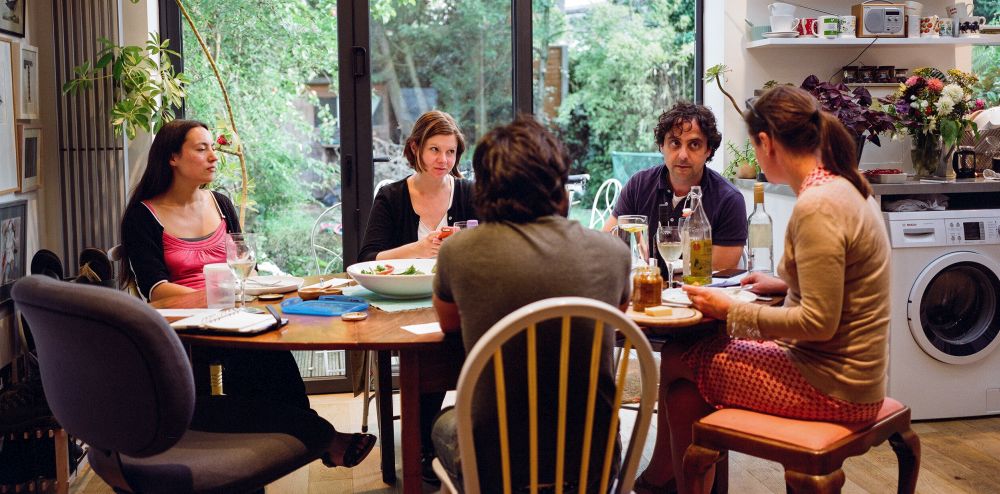Before moving to a core group, we recommend you have worked through the essential guide to Transition and at least one resource from each of the seven essential ingredients, however many Transition groups develop in their own unique way and get to this stage in their own way.

The next phase of Transition involves establishing a core group, this is often made up of the same people who initially started Transition as well as new people who have got involved. This group requires a different set of skills as it is concerned with sustaining and running Transition through carrying out the following:
- Looking at what’s happening locally and identifying opportunities and gaps
- Setting up groups to look at Transition themes such as food, energy etc.
- Developing the organisation’s structure to take account of new work
The group will also continue the following core elements of Transition:
- Setting up practical projects.
- Engaging the community and bringing new people into Transition
- Connecting with the wider Transition movement and Transition Network.
- Building partnerships and networks with other groups, organisations and local decision makers
- Developing Inner Transition to support well being
Often when core groups do not bring in new people who have the skills and motivation to keep Transition going over a long period of time, we see groups suffer from the doughnut effect. This is where people who are good at starting projects then begin to develop new projects as part of Transition, which is obviously great, but can lead to the core function of Transition becoming lost. Transition core function of taking a holistic, systemic approach to the issues that affect our communities is unique and losing this means that it become harder to create meaningful change. This is why it is good to be conscious of developing a core group that is able to maintain this function of Transition.
Moving to a core group - Guide
-
-
Founders to future – Inner Transition Activity
Inner Transition
Understand how the different stages of Transition need different people and skills.
Read more -
Succession for long term success
Inner Transition
Understand why succession is key for long term success and how you can do this in a positive way.
Read more
Frequently asked questions about moving to a core group.
Typically a group moves from an initiating group to a core group when the work of the initiating group is complete. This is to initiate the Transition group. When the main focus of the group moves away from starting the project to one where they are inviting and managing the demands of groups who are creating food projects, energy projects etc. The composition of the group then moves from the needs of an initiating process to a project management and continuing community engagement and communicating the Transition group’s vision for the community.
Read our moving to a core group guide for more information on this.
Once Transition has become established in your community the composition of the group moves from the needs of an initiating process to a project management team, which is quite different. Members of the Initiating group can often become members of the core group especially if they have the skillset needed to continue increasing the involvement of their community and communicating the Transition group’s vision for the community. Often, you will find that you also need new people involved or that the core group should be made up of mainly new people, this also gives the original members of the initiating group a chance to step back and move on, celebrating the excellent work they have done. Many have said that this changing of people is an excellent idea and helps to create the notion that Transition is owned by the community and not a group, encouraging inclusion. This is not a fixed and absolute necessity but one many groups have found useful and effective.
Read our moving to a core group guide for more information on this.